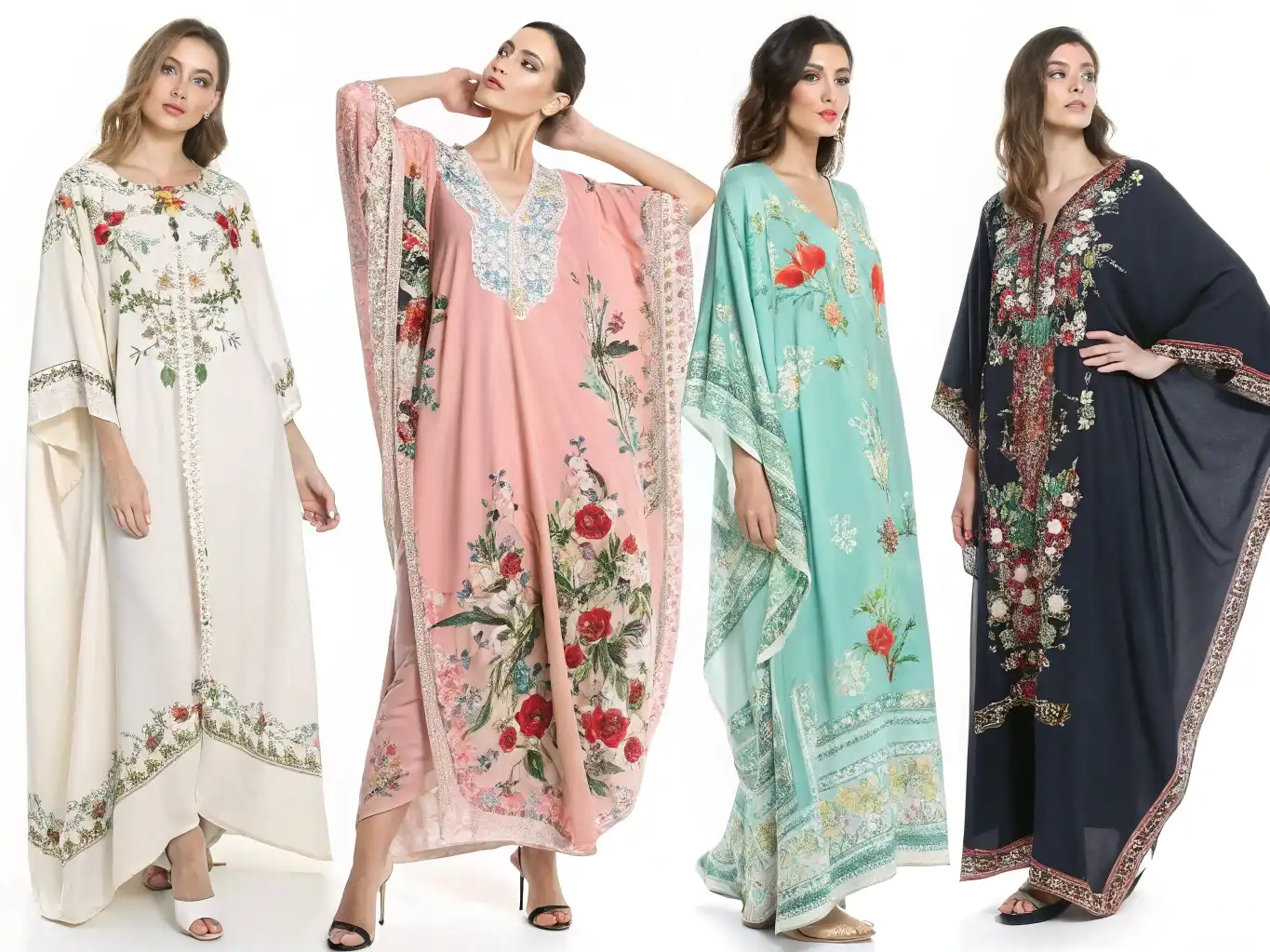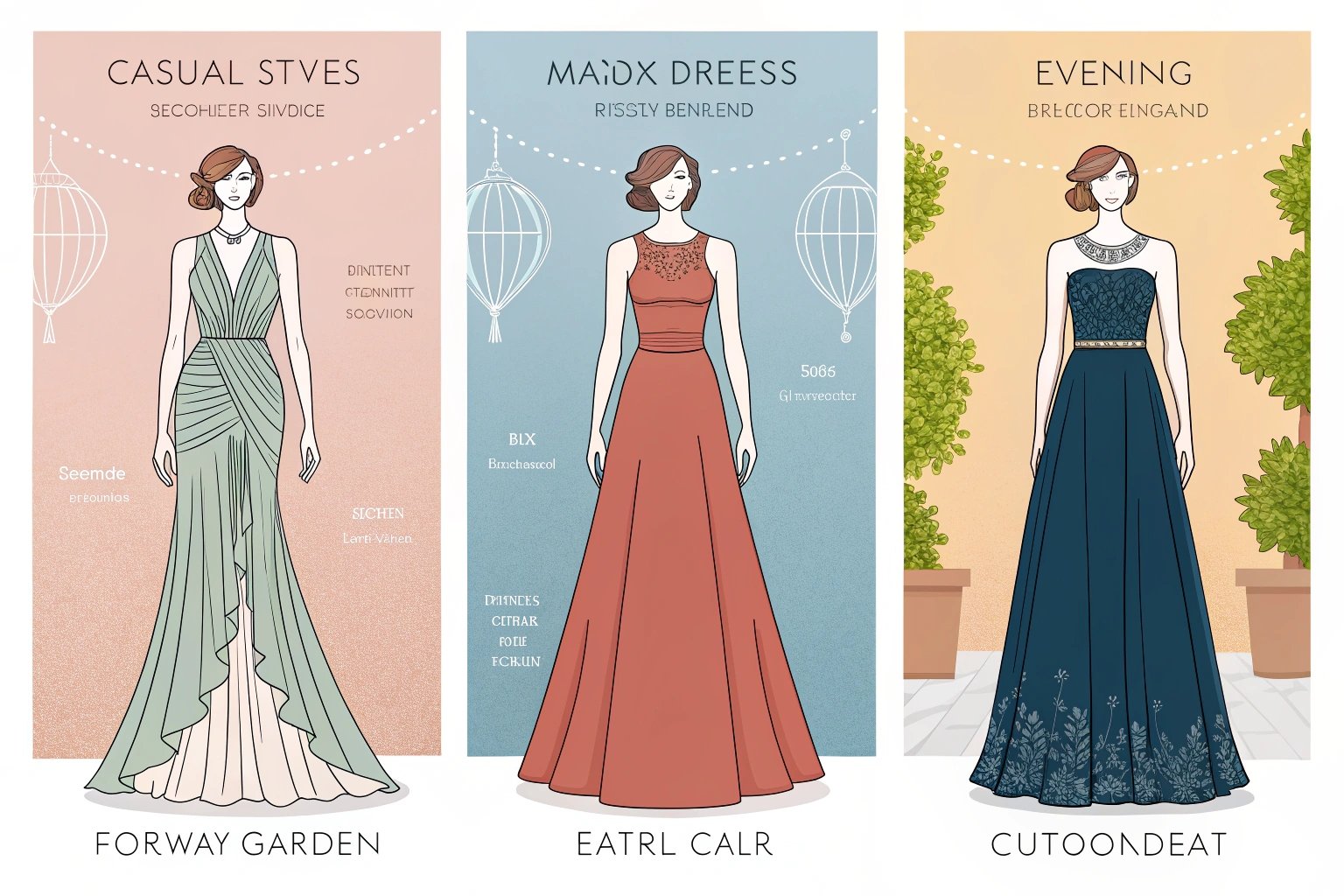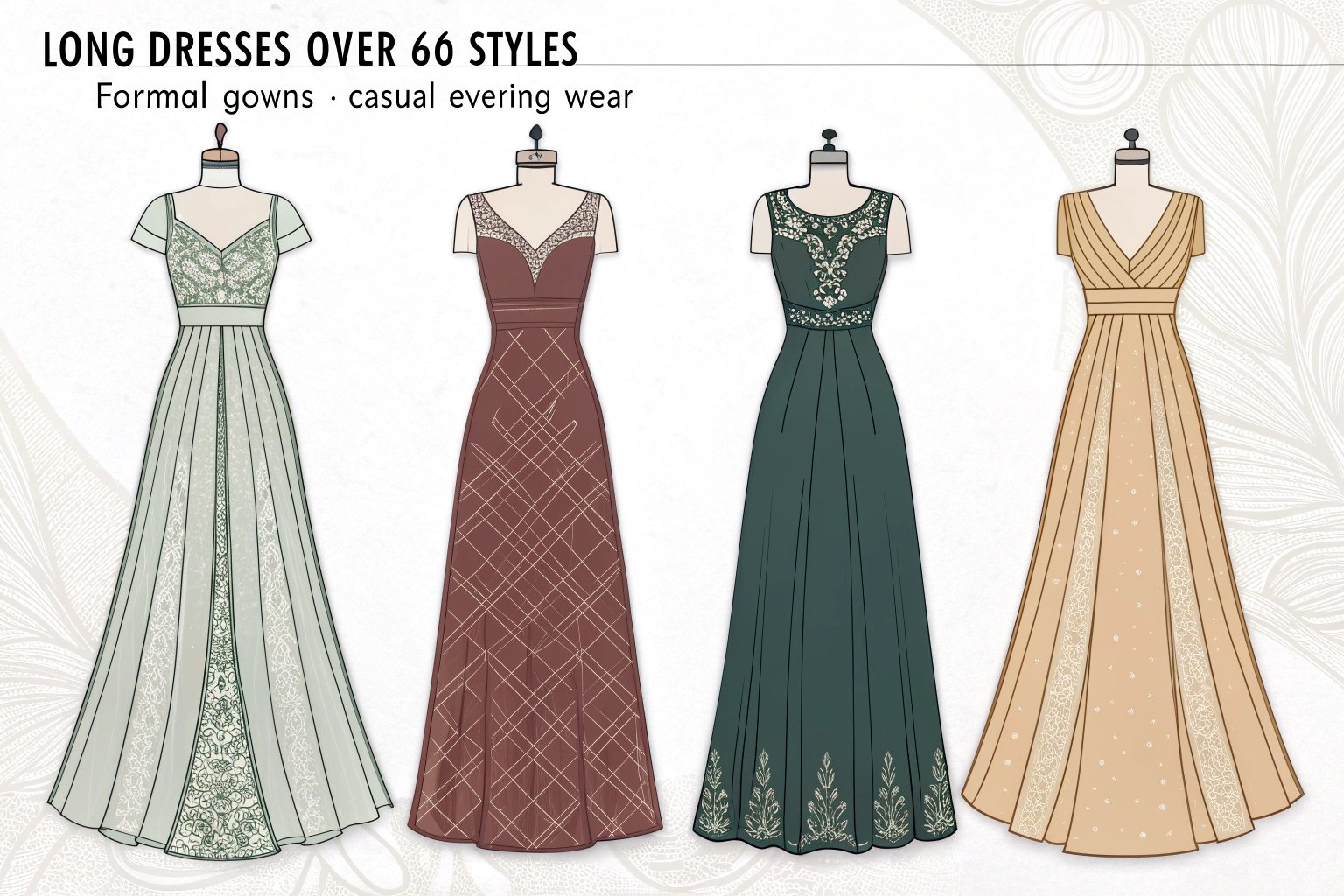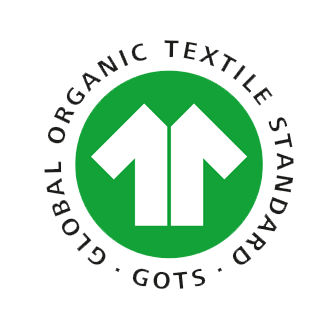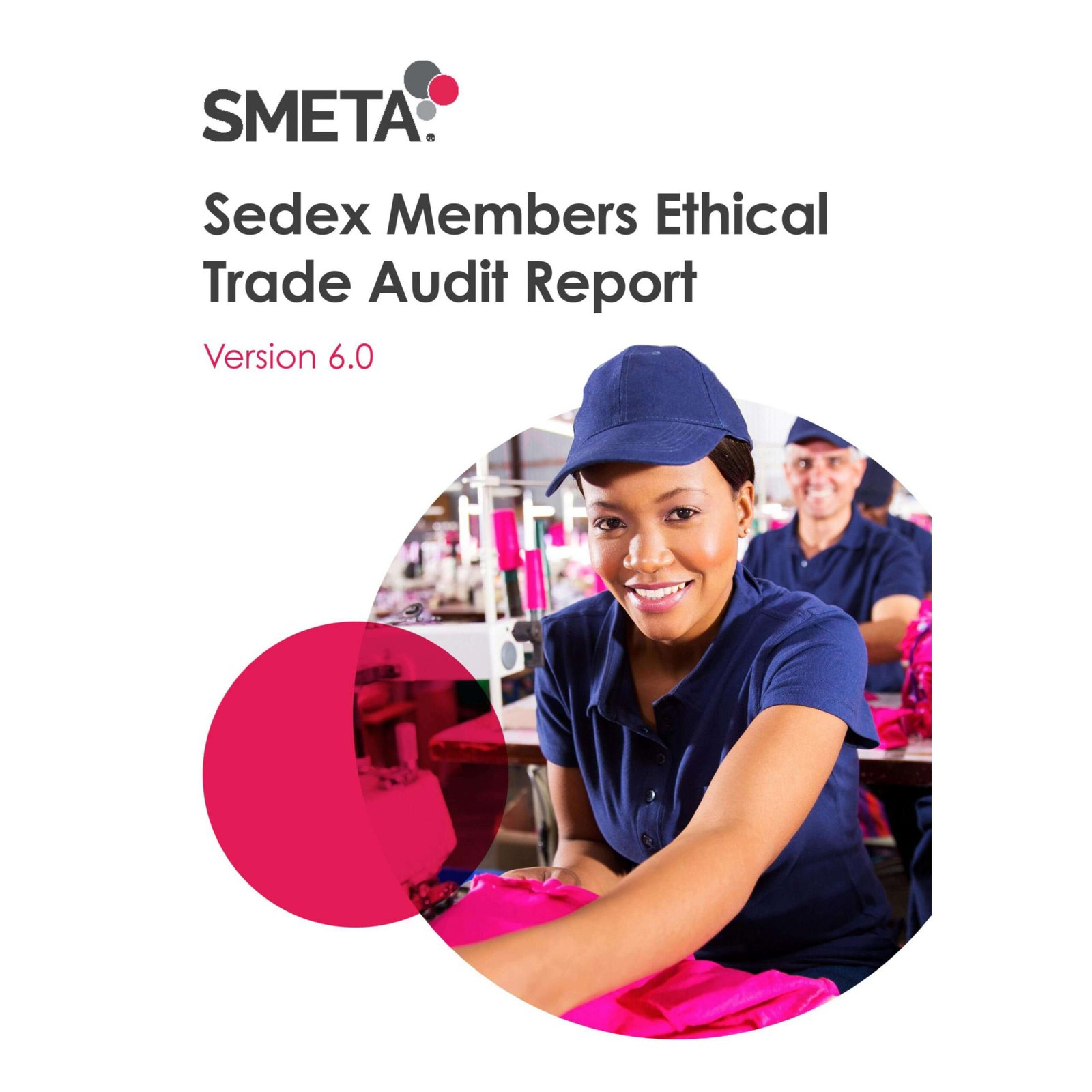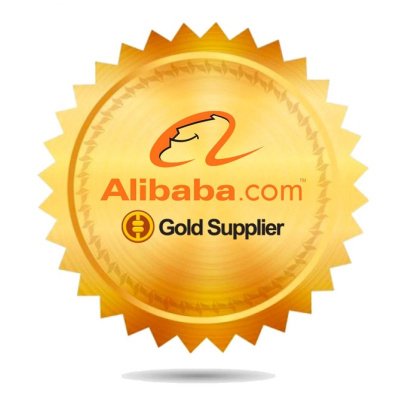Starting a clothing brand in the USA can be an exciting and lucrative venture, but it comes with its own set of challenges, especially when it comes to costs. From branding and business setup1 to manufacturing and marketing, there are numerous factors to consider. This article explores the costs involved in starting a clothing brand in the USA, with a particular focus on working with U.S.-based manufacturers.
While manufacturing in the U.S. can be more expensive than overseas options, it offers advantages such as quicker lead times, higher-quality products, and the ability to support the local economy. Understanding these costs is crucial for managing your budget and successfully launching your brand.
Let’s break down the initial, hidden, and ongoing costs of starting your clothing brand and working with U.S. manufacturers.
What Are the Initial Costs of Starting a Clothing Brand in the USA?
The initial costs of starting a clothing brand involve more than just manufacturing. You need to budget for branding, business setup, and the creation of an online or retail presence.
These initial expenses can vary greatly depending on the scale of your business, the type of clothing you plan to produce, and the method of selling your products.
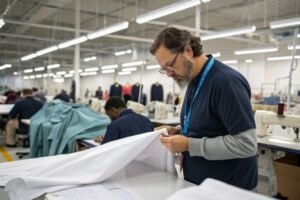 Worker inspecting fabric in a factory.
Worker inspecting fabric in a factory.
Here are the key components to budget for in the initial stages:
| Cost Category | Estimated Cost Range | Explanation |
|---|---|---|
| Branding and Logo Design | $500 – $5,000 | The cost of hiring a designer or agency to develop your brand identity. |
| Business Setup (LLC, Licensing) | $500 – $2,000 | Registering your business, obtaining necessary licenses, and legal fees. |
| Website Development/Online Store | $1,000 – $10,000 | The cost of developing and maintaining an e-commerce site. |
How Much Should You Budget for Branding and Business Setup?
Branding is the foundation of your clothing brand. It includes designing your logo, developing a website, and creating brand collateral.
For a small to medium-sized clothing brand, you should budget between $500 and $5,000 for branding, depending on whether you handle it in-house or hire professionals.
| Branding Expense | Description | Why It’s Important |
|---|---|---|
| Logo Design | Professional logo creation to represent your brand | A strong logo is essential for brand recognition2 and consistency. |
| Branding Collateral | Business cards, packaging, and digital assets | Helps to present a cohesive and professional image to customers. |
What Are the Costs for Setting Up Your Online Store or Retail Space?
Setting up your online store is another major cost component.
For e-commerce businesses, website development can range from $1,000 to $10,000, depending on the complexity and whether you use pre-built platforms or custom designs.
| Retail Setup Type | Estimated Cost Range | Description |
|---|---|---|
| E-commerce Website | $1,000 – $10,000 | The cost of setting up a website through platforms like Shopify or WooCommerce. |
| Physical Retail Space | $3,000 – $15,000/month (plus deposits) | Rent, utilities, and interior setup for a physical store. |
How Do USA Clothing Manufacturers Affect Your Startup Costs?
When you choose to work with U.S. clothing manufacturers, it can significantly impact your startup costs. While domestic production tends to have higher labor and material costs, it offers advantages like quicker shipping times, better control over quality, and ethical manufacturing practices.
Understanding the average costs associated with U.S.-based manufacturers is crucial for planning your budget effectively.
Key factors affecting manufacturing costs with U.S. manufacturers:
| Factor | Estimated Cost Range | How It Impacts Your Startup |
|---|---|---|
| Manufacturing Costs | $5 – $50 per unit | Labor, material quality, and production volume3 play significant roles in determining the cost. |
| Material Costs | $5 – $15 per unit (for basic materials) | Higher quality materials and sourcing can increase costs. |
| Minimum Order Quantities (MOQs) | $500 – $5,000 | Smaller orders can incur higher per-unit costs, while larger orders can reduce pricing. |
What Are the Average Manufacturing Costs with USA Clothing Manufacturers?
The average cost to manufacture clothing in the U.S. ranges from $5 to $50 per unit, depending on the complexity of the design, materials, and volume of the order.
For example, a simple t-shirt might cost $5 to $10 to produce, while more intricate designs or premium materials can push the cost up to $50 per unit.
| Clothing Type | Estimated Manufacturing Cost per Unit | Factors Affecting Cost |
|---|---|---|
| Basic T-shirts | $5 – $10 | Simple design, low-cost materials |
| Denim Jeans | $20 – $40 | Premium fabric, more complex design |
| Custom Outerwear | $30 – $50 | High-quality materials, detailed designs |

How Do Material Quality and Production Volume Impact the Cost of Manufacturing?
The cost of manufacturing clothing in the U.S. is heavily influenced by the type of materials used and the volume of production.
Higher-quality materials and larger production runs can reduce per-unit costs, but smaller, custom runs or premium fabrics will increase your manufacturing expenses.
| Material Quality | Estimated Cost Increase | Why It Affects Manufacturing Costs |
|---|---|---|
| Basic Fabrics | $5 – $10 per unit | Lower-cost materials like cotton or polyester are inexpensive to source and produce. |
| Premium Fabrics (e.g., wool, organic cotton) | $10 – $30 per unit | Premium materials cost more due to higher sourcing and processing fees. |
| Small Production Runs | $3 – $7 per unit | Low production volume3s lead to higher per-unit costs. |
What Are the Hidden Costs of Starting a Clothing Brand in the USA?
Starting a clothing brand comes with several hidden costs that can quickly add up. These include shipping and logistics, marketing, and the ongoing expenses of managing your business.
These hidden costs are often overlooked during the budgeting process but are essential to consider for financial planning.
Common hidden costs to keep in mind:
| Hidden Cost | Estimated Cost Range | Impact on Startup Budget |
|---|---|---|
| Shipping and Logistics | $500 – $5,000+ per year | Shipping costs, packaging, and handling for both raw materials and finished goods can add up quickly. |
| Marketing and Advertising | $1,000 – $10,000+ | Includes social media campaigns, influencer marketing, and traditional advertising. |
| Inventory Management | $2,000 – $10,000+ per year | Storing inventory, stock management software, and potential storage fees. |
How Do Shipping and Logistics Impact Your Clothing Brand’s Budget?
Shipping and logistics can quickly become a significant portion of your clothing brand’s budget, particularly if you are sourcing materials or products from overseas.
Domestic manufacturers can reduce shipping costs, but there are still costs for transporting raw materials and finished goods to retail locations or customers.
| Shipping Factor | Estimated Cost Range | How It Affects Your Budget |
|---|---|---|
| Raw Material Shipping | $500 – $2,000+ per shipment | Shipping costs depend on the distance and weight of raw materials. |
| Finished Goods Shipping | $500 – $5,000+ per month | The cost of sending products to customers, including packaging. |
What Marketing and Advertising Expenses Should You Consider?
Marketing is a critical component of growing a successful clothing brand. The cost of running ads, influencer campaigns, and creating content can range from a few hundred to several thousand dollars.
Strategic marketing and building a strong brand presence require a dedicated budget, particularly for online ads and social media influencers.
| Marketing Expense | Estimated Cost Range | Why It’s Critical |
|---|---|---|
| Social Media Advertising | $500 – $5,000+ per campaign | Social media ads are a cost-effective way to reach a broad audience. |
| Influencer Marketing | $500 – $10,000+ per influencer | Partnering with influencers helps build brand credibility and trust. |
How Can You Minimize Costs When Working with USA Clothing Manufacturers?
One of the key challenges of starting a clothing brand in the U.S. is managing manufacturing costs4. However, there are several strategies you can use to minimize expenses while working with U.S. manufacturers.
By negotiating with manufacturers, opting for smaller orders, or sourcing locally, you can reduce your costs and still maintain quality.
Effective cost-minimizing strategies:
| Strategy | Description | How It Helps |
|---|---|---|
| Smaller Orders | Start with smaller production runs to reduce upfront investment | Reduces financial risk and allows you to test the market. |
| Local Sourcing | Sourcing materials locally can reduce shipping costs and minimize delays | Helps keep costs low and supports the local economy. |
Can You Save Money with Smaller Orders or Local Sourcing?
Smaller orders allow you to test your designs without committing to large batches.
While the per-unit cost may be higher, starting small allows you to minimize your initial investment and reduce financial risk.

What Strategies Can Help You Negotiate Better Pricing with U.S.-Based Manufacturers?
Negotiating with U.S.-based manufacturers can help reduce costs, especially if you’re starting with smaller orders.
By building strong relationships, offering larger future orders, or focusing on higher-quality materials, you may be able to secure better pricing.
| Negotiation Tip | Description | Why It Works |
|---|---|---|
| Offer Bulk Orders Later | Negotiating for discounts based on future orders | Manufacturers may offer better pricing with the promise of larger orders. |
| Be Transparent About Budget | Open discussions about your financial constraints | Builds trust and allows manufacturers to propose more flexible terms. |
What Are the Ongoing Costs of Running a Clothing Brand with USA Clothing Manufacturers?
The ongoing costs of running a clothing brand involve managing inventory, restocking products, and maintaining relationships with manufacturers.
As your brand grows, scaling your production, managing inventory, and handling operational costs will become a significant part of your budget.
Ongoing expenses to factor into your budget:
| Ongoing Cost | Estimated Cost Range | Impact on Your Business |
|---|---|---|
| Inventory Management | $2,000 – $10,000+ per year | Managing stock, warehousing, and restocking. |
| Manufacturing Orders | $5,000 – $50,000+ per batch | Regular orders to replenish your stock and keep up with demand. |
How Much Do Inventory Management and Restocking Cost for a U.S.-Made Brand?
Inventory management costs for U.S.-made clothing brands can vary depending on the size of the business, the number of products, and how often restocking occurs.
The cost of storing and managing inventory can add up quickly, particularly if you’re working with a wide range of clothing types or large volumes.
What Are the Financial Considerations as You Scale Your Brand with USA Manufacturers?
As your brand grows, the financial considerations shift toward scaling your production to meet increased demand.
With higher production volumes, you’ll need to focus on managing cash flow, negotiating bulk pricing, and ensuring that manufacturing capacity meets your needs.
| Financial Consideration | Description | How It Affects Scaling |
|---|---|---|
| Bulk Pricing | Negotiating for lower costs on larger orders | Helps increase margins and reduce costs per unit. |
| Cash Flow Management | Managing cash flow for larger-scale production | Ensures the business can meet demand while keeping finances in check. |
Conclusion
Starting a clothing brand in the USA with domestic manufacturers can be costly, but it offers unique advantages such as faster lead times, higher-quality products, and the ability to cater to the growing demand for "Made in USA" clothing. By understanding the costs involved and employing cost-saving strategies, you can build a successful clothing brand that thrives in the competitive U.S. market.
-
Understanding these costs is crucial for effective budgeting and planning. ↩
-
Learn how strong branding can lead to customer loyalty and sales. ↩
-
Understand the relationship between volume and pricing in manufacturing. ↩ ↩
-
Get insights into pricing structures and factors affecting manufacturing costs. ↩


